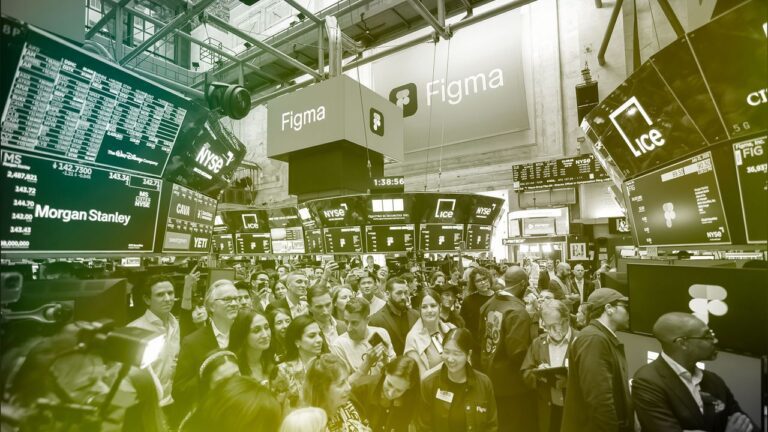The Rise of Nvidia: Powering the AI Revolution
Jensen Huang, the managing director of Nvidia, recently met with Donald Trump at the White House, a meeting that underscored the optimism surrounding the AI industry. With most of Nvidia’s chips, crucial for developing generative AI models, produced in Asia, Huang’s promise earlier this year to ramp up domestic production is now met with favorable government conditions.
The Impact of Government Policy on AI Manufacturing
During their recent meeting, Trump announced that semiconductor companies committing to building products in the U.S. would be exempt from hefty tariffs. This news sent Nvidia’s shares soaring to an all-time high, boosting its market cap to $4.4 trillion and solidifying its position as one of the world’s most valuable companies, outpacing tech giants like Microsoft.
Is the AI Boom a Bubble?
The current enthusiasm for AI technologies raises the question: are we witnessing a bubble reminiscent of the Dot-Com era? Reflecting on historical trends, the boom of the late 1990s saw hundreds of unprofitable startups drive the NASDAQ into the stratosphere before a subsequent crash. Recently, concerns have revived about whether we may be heading down a similar path.
Goldman Sachs’ Perspective on Tech Valuations
In a recent report titled “25 Years On: Lessons from the Bursting of the Tech Bubble,” Goldman Sachs analysts argue that despite the surge in tech stock prices, the valuations are driven by strong earnings, which may not constitute a bubble. Nvidia has seen its revenue quintuple and its post-tax profits grow tenfold in just over a year, showcasing impressive financial performance.
Comparative Lessons from the 1990s
The report provides a stark reminder of the past, highlighting that the NASDAQ index fell fivefold between 1995 and 2000, with an astronomical price-to-earnings (P/E) ratio of 150. In comparison, the recent P/E ratios, while elevated, have not reached such extreme levels, suggesting that the current tech market may be fundamentally healthier.
Market Behavior and IPOs
A noteworthy trend is the emergence of companies like Palantir Technologies, valued over 600 times its revenue, prompting comparisons to early 2000s valuations. Additionally, software firm Figma’s IPO this year saw its stock skyrocket in value, reminiscent of the explosive first-day trades during the Dot-Com boom.
Entrants in a Competitive AI Landscape
With more than 7,000 AI startups emerging, the availability of funding suggests that we may be in an era conducive to high speculation. Investors are eager to capitalize on the transformative potential of generative AI technologies, pressuring Wall Street to facilitate IPOs and public offerings for these promising companies.
Future Prospects and Risks in AI Investment
While the current market dynamics might echo the past, several differences exist today, notably the dominance of major tech companies. This concentration may limit opportunities for smaller startups, raising concerns about potential monopolistic practices. Investors and analysts alike are closely monitoring these developments, as they will significantly impact the AI landscape in the coming years.
Learning from History
As Nvidia continues to play a pivotal role in the AI infrastructure, comparisons to Cisco Systems—which faced a similar boom and bust scenario in the late 1990s—serve as a cautionary tale. Understanding that the stock market behaves as both a voting machine in the short term and a weighing machine in the long term is essential for navigating the fluctuating tech landscape.
In a rapidly evolving AI industry, prudent investments and a keen understanding of market dynamics will be crucial. With the potential for substantial disruptions, stakeholders must remain vigilant to avoid repeating the missteps of history.

